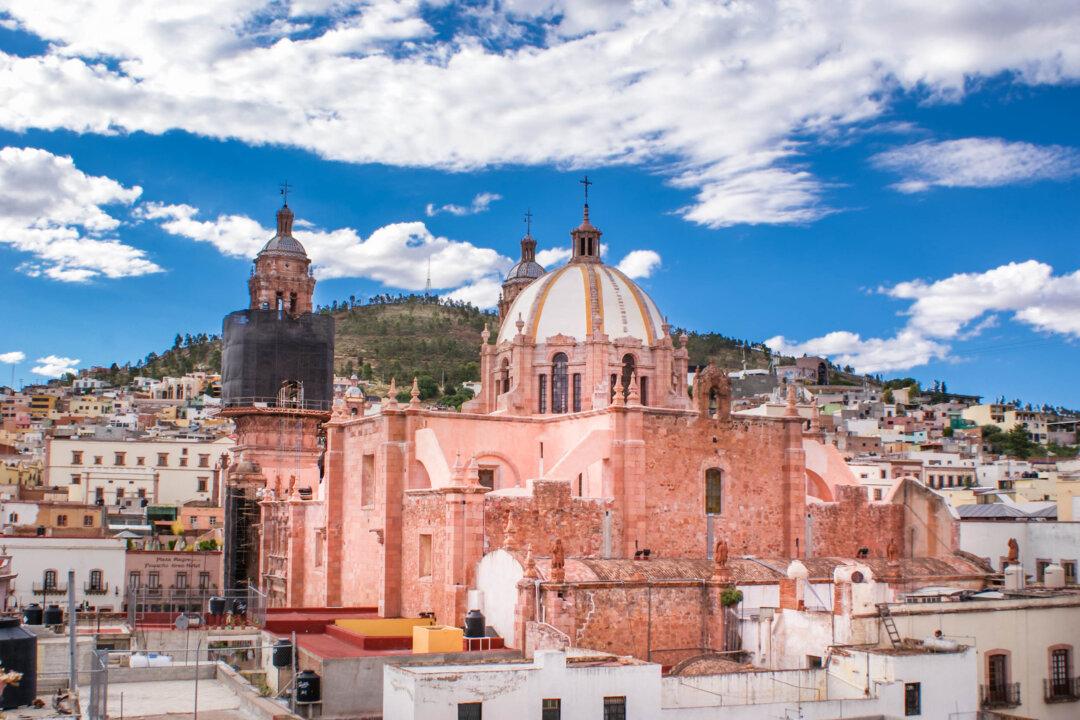The Zacatecas Cathedral, located in Zacatecas in the north-central Mexican state of the same name, is a masterpiece of Spanish Baroque architecture.
In the 18th century, this historic town prospered because of its rich deposits of silver. To celebrate their good fortune, miners built the Catedral Basílica de Zacatecas between 1729 and 1760, replacing two existing structures. Also known as the Cathedral of Our Lady of the Assumption of Zacatecas, the Catholic church was only fully completed and consecrated in 1841.






